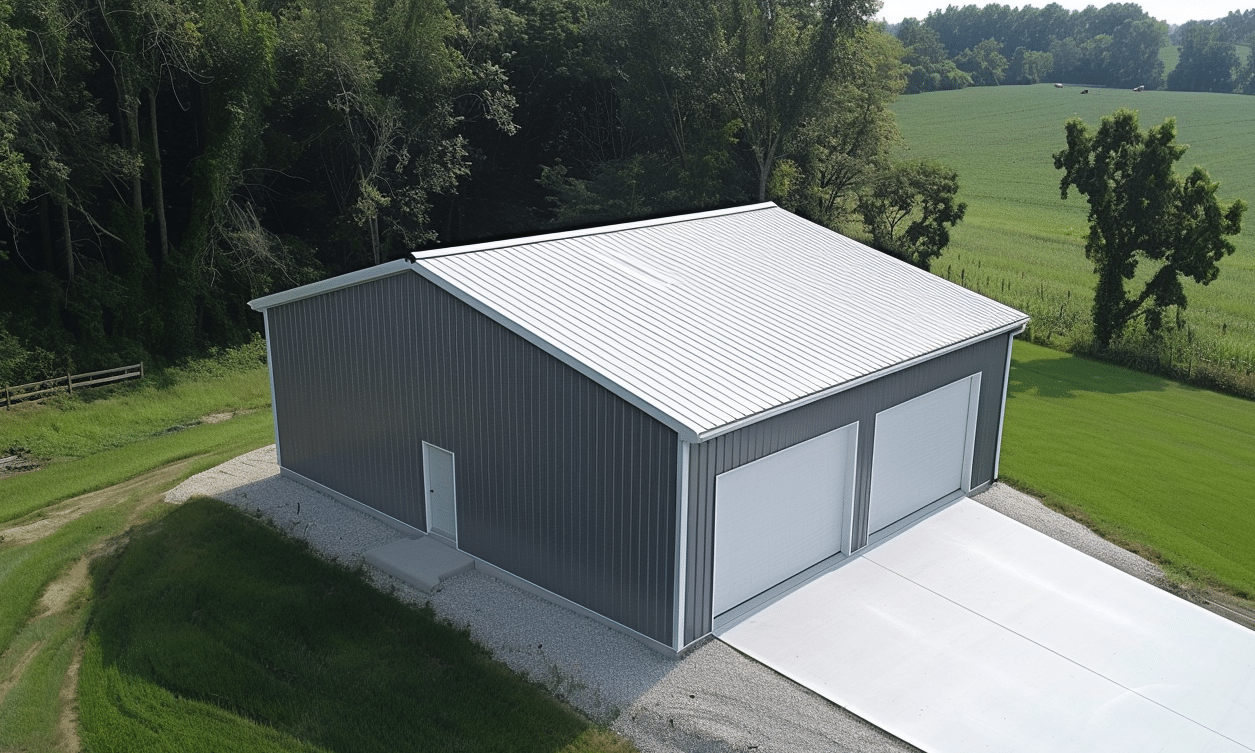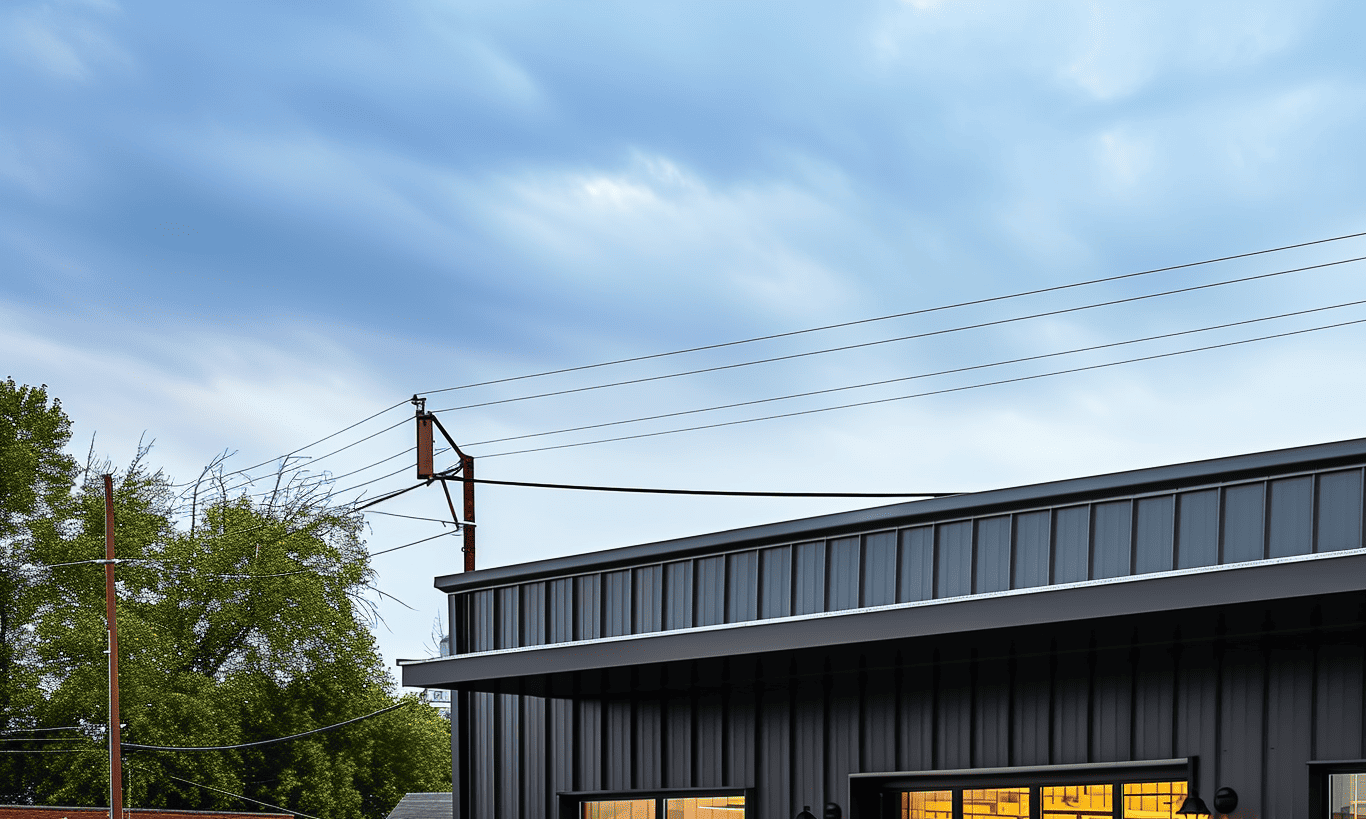Are you tired of soaring energy bills and feeling the chill inside your own home during those harsh winter months? It’s time to turn your living space into an energy-efficient haven with some DIY home insulation magic! Whether you’re a seasoned DIY enthusiast or just someone eager to dabble with a bit of home improvement, upgrading your home’s insulation can be the transformative project you’ve been waiting for.
Home insulation isn’t just about keeping the winter cold out—it’s a smart strategy to enhance your home’s overall energy efficiency. In this guide, we’ll embark on a journey through the fascinating world of DIY home insulation, exploring practical tips, techniques, and materials. Our focus keyword, DIY home insulation, will be woven throughout this guide, ensuring you’re equipped with all the knowledge you need for a successful project.
Understanding the Basics of Home Insulation
Before we dive into the nitty-gritty of DIY home insulation, let’s get familiar with some basic concepts. In essence, home insulation acts as a barrier, reducing heat transfer and keeping your indoor climate comfortable. But did you know that insulation also plays a crucial role in soundproofing and moisture control?
Whether you’re working with an attic, walls, or a basement, understanding the specifics of your space is crucial. Attics, often the biggest culprits of heat loss, require a meticulous approach. Walls and basements each have their unique challenges, sometimes needing specialized materials for optimal insulation.
Why Insulate Your Home?
Imagine your home as an energy-efficient custom home, a sustainable paradise where you neither shiver in winter nor sweat during summer, all while keeping energy bills in check. Intrigued? That’s exactly the magic of effective insulation. Not only does it enhance comfort, but it also heightens the value and longevity of your property.
Modern insulation techniques can transform even the oldest structures into energy efficiency powerhouses. With options ranging from traditional fiberglass to innovative spray foams and reflective barriers, the DIY home insulation world is incredibly diverse, promising a tailored solution for your needs.
Choosing the Right Materials
Navigating the sea of insulation materials can seem like deciphering an intricate maze. Each material has its distinct R-value, determining its insulative power. From cozy pink batts of fiberglass to the cutting-edge spray foam insulation, the choices are vast.
Let’s break down some common insulation materials:
1. **Fiberglass Batts and Rolls**: Perfect for beginners, this fluffy material is a staple for attic and wall insulation.
2. **Spray Foam**: Offering excellent sealing and high R-values, it’s the go-to option for detailed work, tackling even the toughest nooks and crannies.
3. **Foam Board**: Suitable for basements and floors, its sturdy form offers a thermal shield without requiring a thick layer.
4. **Loose-fill**: Often crafted from recycled paper or fibers, it’s ideal for adding insulation into existing wall cavities.
A thorough understanding of these materials aligns closely with the strategies found in the Guide to Steel Building Insulation, which offers insightful tips for enhancing energy efficiency in both residential and commercial properties.
The Strategic Approach to DIY Home Insulation
Like any DIY project worth its salt, preparation is key. Gather your tools, choose a favorable time (preferably a dry season), and indulge in a bit of planning. Here’s a simple yet effective approach to embarking on this endeavor:
– **Assess Your Needs**: Identify priority areas. If you’re losing heat, the attic is a typical suspect, while drafty room could indicate wall or floor issues.
– **Select Materials Judiciously**: Based on your budget, expertise level, and the area you’re insulating, choose materials that offer the best value for money.
– **Follow Safety Protocols**: Safety gear is non-negotiable. Dust masks, goggles, and gloves should be considered your loyal companions.
A Handy Tool: Your Building Team
For those on this journey alone, fear not! Resources like Your Building Team provide invaluable insights into selecting and applying the right materials efficiently. From how-to guides to one-on-one consultations, they’ve got you covered!

Step-by-Step Installation Process
Once you’re all set with materials and mindsets, it’s time to roll up your sleeves. Here’s how to tackle the most common areas:
Attic Insulation
Think of your attic as a massive, inefficient hat. Without insulation, it leaks heat during winter and absorbs uncomfortable heat during summer. When insulating:
– **Remove Old Insulation**: Proceed with caution as old insulation might harbor mold or pests.
– **Install Moisture Barriers**: To prevent future dampness issues.
– **Lay Down New Batts or Rolls**: Carefully place them between joists without compressing, allowing an air gap for ventilation.
Wall Insulation
Walls can be a bit trickier but offer substantial rewards. With drywalls, loose-fill insulation might be your best friend. Simply drill a few holes, fill the cavities, and patch things up.
Basement Insulation
Basements are notorious for moisture, so here’s where foam boards excel. Their solid form withstands damp environments and offers high insulation.
Making the Most of Government Resources
For Canadians itching to cut down on energy wastage, the Natural Resources Canada – Energy Efficiency Tips site is a treasure chest full of insights. From maximizing affordable materials to understanding the latest technologies, it brings bureaucratic jargon down to layman’s terms with precision.
Beyond Insulation: Holistic Home Efficiency
Once you’ve mastered the art of DIY home insulation, you might be inspired to venture into other energy-efficient upgrades. Have you considered the energy benefits of a stylish yet practical DIY home office setup? Not only will it enhance your productivity but also improve your home’s value, evident from the wealth of strategies shared by the experts on Your Building Team.
Embark on larger projects like Energy-efficient custom homes, proving that sustainability isn’t just a fleeting trend but a lifestyle choice.

Conclusion: The Impact of Your Work
Taking on the task of DIY home insulation is more than just a project—it’s an investment into a sustainable, energy-efficient future. Armed with essential knowledge and precise materials, you’re not just enhancing comfort but setting the stage for a more environmentally-friendly living space.
Remember, insulation is a key player in energy-efficient homes, and implementing these upgrades will yield benefits for years to come. Dive into this endeavor headfirst, and you’ll emerge with not only a more valuable property but also the satisfaction of a job well done. And if you ever find yourself at a crossroads, the resources at Your Building Team are always there to guide you on your DIY journey.










